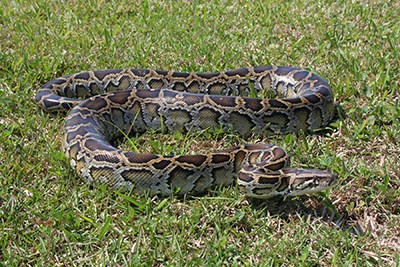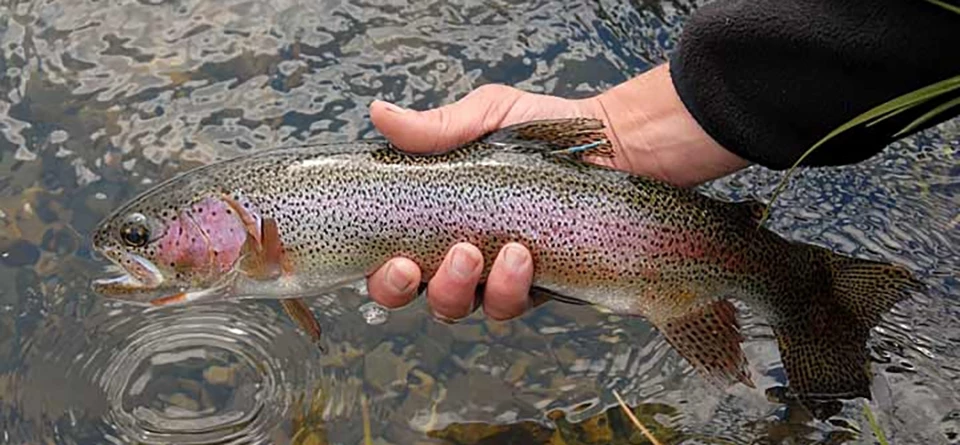When a species is invasive...
NPS Photo. The National Park Service defines a invasive species as non-native species that causes harm to the environment, economy, or human, animal, or plant health (Executive Order 13751). Learn more about invasive species by visiting our About page. It is often thought that the terms 'invasive' and 'non-native' can be used interchangeably, but this is not always true. For a plant or animal to be invasive, it must do harm. Simply being non-native is not cause for concern. The National Park Service actively manages those non-native species that do harm. ...and when a species is non-native
NPS Photo. Non-native species are organisms that do not occur naturally in an area, but are introduced as the result of deliberate or accidental human activities. Unlike invasive species, non-native species may not hinder or prevent the survival of others within the ecosystem. They simply exist where they have not naturally occurred. Other terms used for non-native species include 'exotic' or 'alien' species, but these are often discouraged terms, as they may imply another meaning. You might even recognize some non-native species of plants in your own backyard or on your dinner table. Non-native species such as petunias and tomatoes, present no threat to native plants and have been cultivated by humans for centuries. Location, location, location...In some cases, it is not correct to call an entire species native, non-native, or invasive to the U.S. In fact, a species may be considered native in one park, but invasive in another if it had not been historically found there. Rainbow trout provide an interesting example of a species for which management is complex. Rainbow trout are native to only a few states in the Western U.S., and non-native throughout much of the rest of the U.S. However, this species is considered invasive in some lakes and streams due to its effects on those native ecosystems. 
NPS Photo. More information about invasive species from the NPS and our partners can be found on the Resources page. |
An official website of the United States government
Here's how you know
Official websites use .gov
A
.gov website belongs to an official government
organization in the United States.
Secure .gov websites use HTTPS
A
lock (
) or https:// means you've safely connected to
the .gov website. Share sensitive information only on official,
secure websites.
